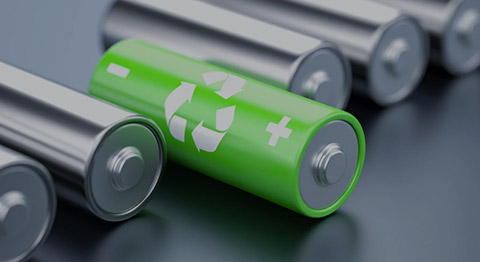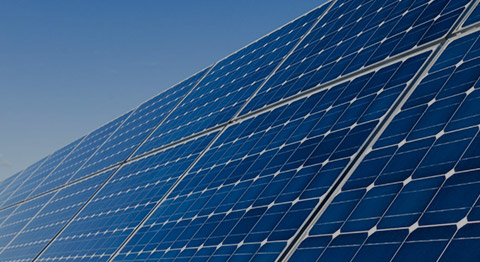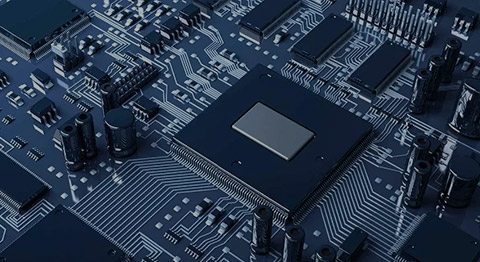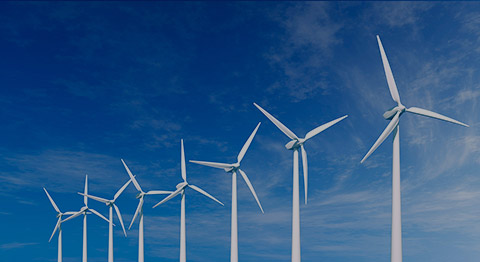Lime is a major building material and industrial raw material. It is also a kind of building material often used in our life. It is widely used in: building materials, chemical metallurgy, recycling and other industry fields. Limestone rotary kiln is an important equipment for processing and producing lime. The limestone rotary kiln process directly affects the quality and production efficiency of lime calcination.
Lime production needs to use the kiln for: limestone rotary kiln, suspension kiln, ring type sleeve type vertical kiln, parallel flow heat storage type double chamber vertical kiln, CID kiln and so on. Among them, the more used are: rotary kiln, parallel flow heat storage type vertical kiln, ring sleeve vertical kiln.
Limestone rotary kiln process (from raw material preparation to the whole process of finished lime)
1. Raw material preparation: limestone is the main raw material for lime production. However, when choosing raw materials, we should choose limestone with less magazines and more than 90% calcium carbonate content. This ensures the quality and yield of the finished lime. Before carrying out the collection. It is necessary to explore the geology first. Thereby determining the reserve quantity and quality of limestone. Ensure the sufficiency and stability of raw materials.
2. Crushing and grinding: The collected limestone is roughly crushed by the crusher, and then ground by the grinding and milling system. Crushed into appropriate particle size. Convenient for subsequent calcination processing. Ensure the uniform calcination of limestone in the main body.
3. Preheating treatment: preheater usually adopts multi-stage cyclone preheater. It is mainly composed of cyclone, connecting pipe, dosing device and other combinations. The use of limestone will also be so brand out of the high temperature gas for thermal heating of limestone. Thus improve the efficiency of heat energy use. Indirectly reduce energy consumption.
4. Calcine link: the limestone evenly into the limestone rotary kiln. The high temperature in the kiln can decompose the calcium carbonate in the limestone. Decomposed into: calcium oxide and carbon dioxide. At the same time, the limestone will be calcined and sintered into quicklime. Limestone rotary kilns usually rotate in a clockwise direction. The limestone material stays in the kiln for 20-30 minutes. The whole calcination process is carried out in a high temperature environment. The temperature has to reach: 1300-1450 degrees Celsius. It is at such high temperatures that the limestone can decompose rapidly to produce quicklime. To provide energy for the high temperatures, pulverised coal and natural gas are usually used as fuel. The cent is injected into the limestone rotary kiln by jetting. This ensures sufficient combustion temperature.

5. Cooling the material: after calcination, the quicklime is cooled by a cooler. It facilitates to reduce the temperature of the quicklime to an acceptable range. Different cooling devices are used, such as: rotary cooler, air cooler and so on. The quicklime can be cooled effectively. It can ensure the quality and stability of its material.
6. Screening and sorting: the quicklime will be further ground and milled, sorted and sieved. According to the needs of different customers, it can sieve out materials of different mesh. Convenient to meet the needs of different industries, such as: cement, glass, ceramics and other industries.
7. Storage and transport: the finished lime needs to be stored and transported. To pay attention to the following: moisture-proof, sun-proof. Thus the lime products are guaranteed. Ensure that its transport and storage process to maintain the excellent quality.
 Double Shaft Shredder Machine
Double Shaft Shredder Machine
 Single Shaft Shredder Machine
Single Shaft Shredder Machine
 Four Shaft Shredder Machine
Four Shaft Shredder Machine
 Tyre Shredder Machine
Tyre Shredder Machine
 Metal Shredder Machine
Metal Shredder Machine
 Wood Shredder Machine
Wood Shredder Machine
 Plastic Shredder Machine
Plastic Shredder Machine
 Horizontal Carbonization Furnace
Horizontal Carbonization Furnace
 Wood Charcoal Carbonization Furnace
Wood Charcoal Carbonization Furnace
 Waste Carbonization Furnace
Waste Carbonization Furnace
 Sludge Continuous Carbonization Furnace
Sludge Continuous Carbonization Furnace
 Biomass Carbonization Furnace
Biomass Carbonization Furnace
 Coconut Shell Carbonization Furnace
Coconut Shell Carbonization Furnace
 Continuous Carbonization Furnace
Continuous Carbonization Furnace


 Jaw Crusher
Jaw Crusher Cone Crusher
Cone Crusher Impact Crusher
Impact Crusher Hammer Crusher
Hammer Crusher Impact Mill Crusher
Impact Mill Crusher Roll Crusher
Roll Crusher Linear Vibrating Screen Machine
Linear Vibrating Screen Machine Swing Screen Machine
Swing Screen Machine Tumbler Screen Machine
Tumbler Screen Machine Circular Vibrating Screen
Circular Vibrating Screen Cylindrical Rotary Vibrating Screen
Cylindrical Rotary Vibrating Screen Sand Making Machine
Sand Making Machine VSI Sand Making Machine
VSI Sand Making Machine Impact Sand Making Machine
Impact Sand Making Machine Sand Washing Machine
Sand Washing Machine Vibrating Feeder
Vibrating Feeder U-Shape Screw Reamer
U-Shape Screw Reamer Belt Conveyor
Belt Conveyor Biomass Pyrolysis Furnace
Biomass Pyrolysis Furnace Lithium Battery Recycling Pyrolysis Furnace
Lithium Battery Recycling Pyrolysis Furnace Solar PV Panel Recycling Pyrolysis Furnace
Solar PV Panel Recycling Pyrolysis Furnace PCB Recycling Pyrolysis Furnace
PCB Recycling Pyrolysis Furnace Carbonization Paint Removing Furnace
Carbonization Paint Removing Furnace Capacitor Continuity Pyrolysis Furnace
Capacitor Continuity Pyrolysis Furnace Rotary Kiln
Rotary Kiln Waste Incineration Rotary Kiln
Waste Incineration Rotary Kiln Metallurgical Rotary Kiln
Metallurgical Rotary Kiln Cement Lime Rotary Kiln
Cement Lime Rotary Kiln Rotary Drum Dryer Furnace
Rotary Drum Dryer Furnace Drum Drying Dryer Furnace
Drum Drying Dryer Furnace Industrial Dryer Furnace
Industrial Dryer Furnace Lithium Battery Recycling Plant
Lithium Battery Recycling Plant Solar Photovoltaic Panel Recycling Plant
Solar Photovoltaic Panel Recycling Plant PCB Circuit Board Recycling Plant
PCB Circuit Board Recycling Plant E Waste Recycling Plant
E Waste Recycling Plant Blog
Blog Company Blog
Company Blog Knowledge
Knowledge FAQ
FAQ





